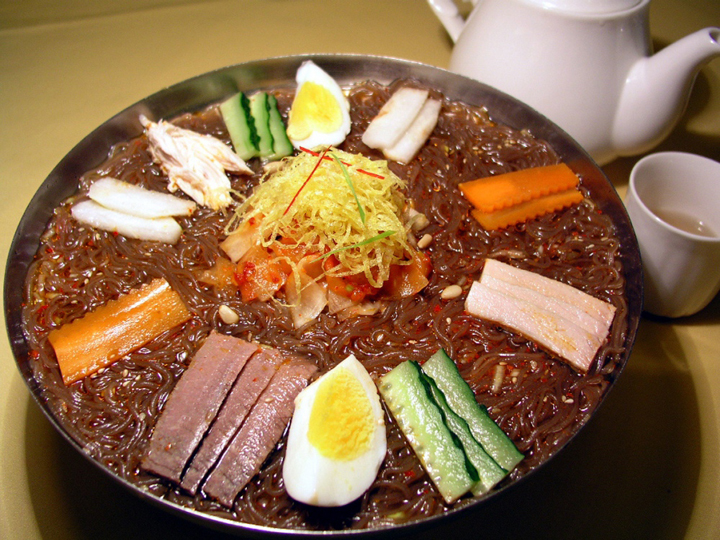Introduction: The Significance of Korean Cuisine
Korean cuisine has gained worldwide recognition for its unique flavors, spices, and cooking techniques. It is a vital part of Korean culture, reflecting the country’s history, geography, and social customs. Korean cuisine comprises of various dishes such as kimchi, bulgogi, bibimbap, and many more. It is famous for its spiciness, fermentation, and umami flavor, which comes from the use of soy sauce, fermented bean paste, and chili paste.
Understanding North Korean Cuisine
North Korean cuisine is a distinct branch of Korean cuisine that has unique characteristics and influences. It is known for its simplicity, using minimal ingredients to create dishes. The food is heavily influenced by the country’s socialist ideology, with an emphasis on collective eating and uniformity. North Korean cuisine is known for its dishes such as cold noodles (Naengmyeon), sweet potato noodles (Japchae), and dumplings (Mandu).
Historical Influences on North Korean Cuisine
North Korean cuisine has evolved over time, influenced by various factors such as geography, agriculture practices, and foreign invasions. The food is heavily influenced by Chinese cuisine, which has been present in Korean cuisine since ancient times. During the Japanese occupation of Korea in the early 20th century, North Korean cuisine was impacted by the introduction of Japanese ingredients and cooking techniques. The influence of the Soviet Union on North Korea resulted in the adoption of Russian-style cooking, including hearty soups and stews.
Korean Influence on North Korean Cuisine
Despite its unique characteristics, North Korean cuisine has been influenced by South Korean cuisine, which has become a global phenomenon. South Korean cuisine has influenced North Korean food in various ways, such as introducing ingredients such as soy sauce, garlic, and chili paste. The influence of South Korean cuisine has also resulted in the adoption of dishes such as Korean fried chicken, Korean BBQ, and seafood stews.
Popular Korean Dishes in North Korea
Popular Korean dishes in North Korea include Kimchi, Bibimbap, Bulgogi, and Japchae. North Koreans have adapted these dishes to suit their taste preferences and local ingredients. For instance, Bibimbap is served with a different variety of vegetables, and Japchae is made with sweet potato noodles instead of glass noodles.
Conclusion: The Legacy of Korean Cuisine in North Korea
Korean cuisine has had a significant impact on North Korean cuisine, with the introduction of new ingredients and cooking techniques. The influence of South Korean cuisine has also resulted in the adoption of new dishes. North Korean cuisine remains unique and distinct, reflecting the country’s history and ideology. Despite the political tensions between North and South Korea, the culinary heritage of Korea remains a vital aspect of Korean culture.

